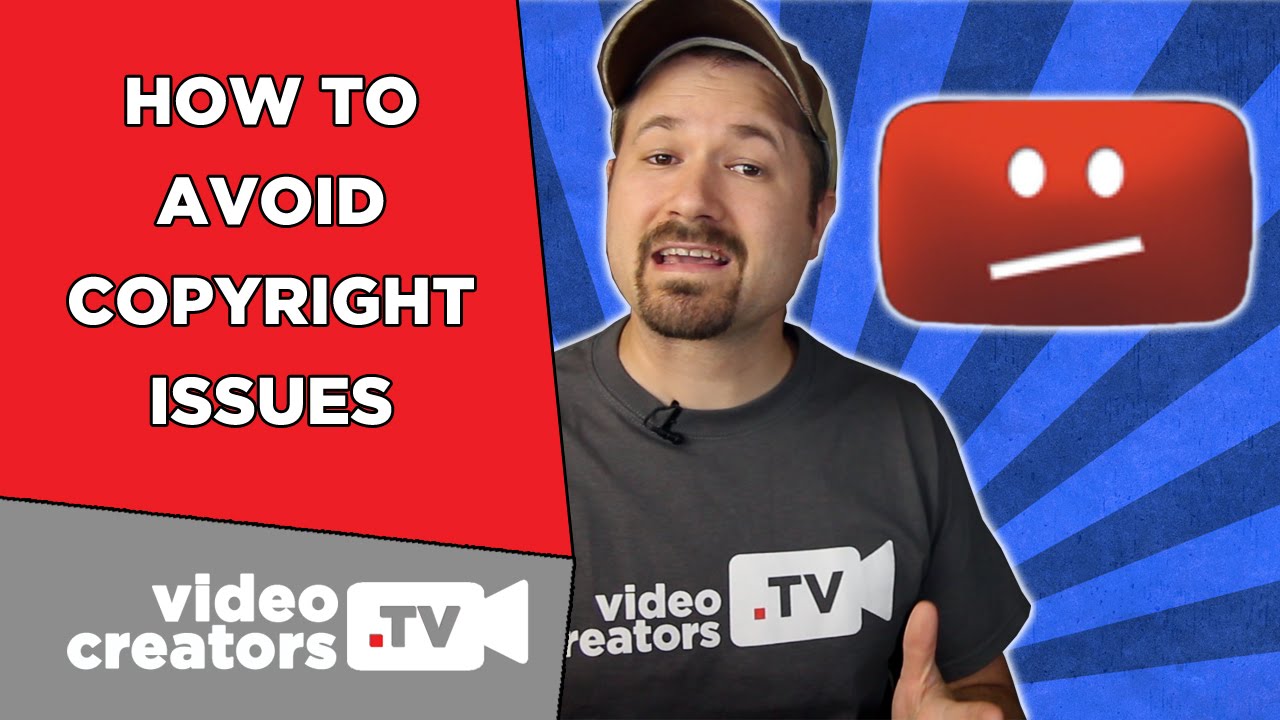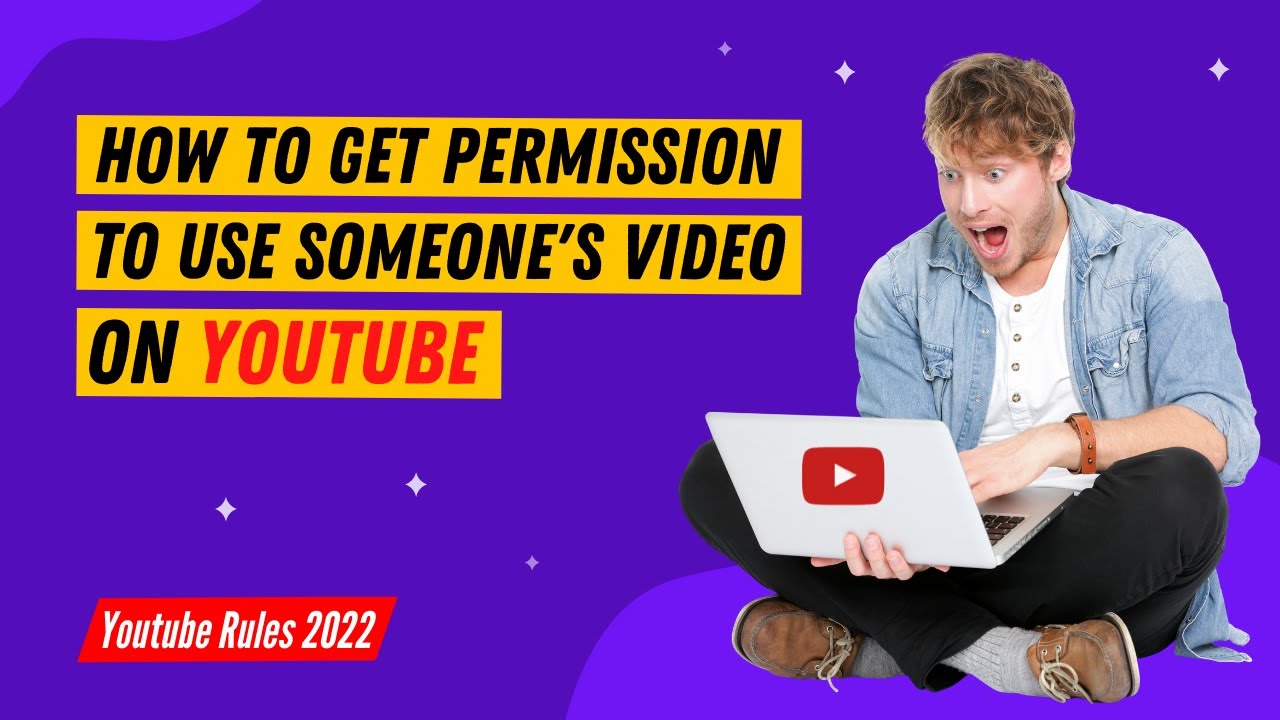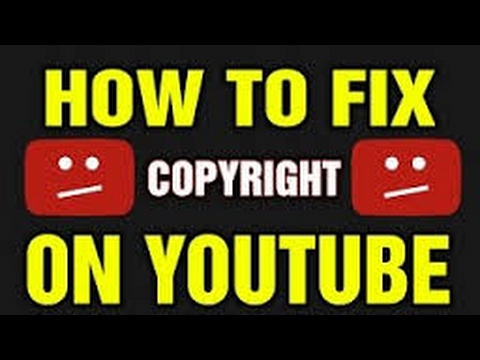YouTube’s copyright policy is a critical aspect for anyone who consumes or shares content on the platform. Essentially, YouTube strives to protect creators' rights by enforcing copyright laws, ensuring that original content is respected and not used without proper permission. This means if you’re thinking of downloading or sharing copyrighted videos, you need to tread carefully. Let’s break down the key components of
- Content ID System: YouTube utilizes a robust Content ID system that scans uploaded videos against a database of copyrighted content. This automated detection process allows copyright owners to claim videos that feature their material.
- Copyright Strikes: If a video is found to infringe on someone's copyright, the owner can issue a takedown request. This can lead to copyright strikes against your channel, which may result in restrictions or even channel termination if accumulated.
- Fair Use Policy: While there is a ‘fair use’ doctrine in copyright law that allows limited use of copyrighted material without obtaining permission, it’s key to remember that ‘fair use’ is situational and subjective. Factors include the purpose of use, the nature of the copyrighted work, the amount used, and the effect on the market value.
As a content consumer, it’s essential to understand that just because something is on YouTube doesn’t mean it is free to use. The responsibility lies with you to ensure that you are not infringing on someone’s rights. By respecting these guidelines, you can enjoy YouTube safely and legally.
The Importance of Respecting Copyright Laws

Copyright laws are in place for a reason: to protect creators and their intellectual property. When we discuss the importance of respecting these laws, we must consider the implications of what it means to both creators and viewers. Here’s why respecting copyright is crucial:
- Support for Creators: When you respect copyright, you support the individuals and teams who invest time, energy, and resources into creating content. Whether they’re filmmakers, musicians, or vloggers, every view and share should be a choice they control.
- Avoiding Legal Repercussions: Ignoring copyright laws can lead to severe penalties. Besides your video potentially being removed or your channel facing strikes, you could also face legal action from copyright holders. Learning how to navigate these laws can save you a great deal of trouble.
- Encouraging Creativity: Copyright protection fosters an environment where creativity can thrive. Knowing their work is protected encourages creators to keep producing original content. Respecting these laws helps ensure a vibrant, diverse content ecosystem.
- Ethical Responsibility: Beyond legality, there’s an ethical aspect to consider. Using someone’s work without permission can be seen as stealing their hard work. Think about how you could feel if your creations were used without acknowledgment. Respecting copyright is about being a good digital citizen.
In conclusion, understanding and respecting copyright laws is vital for everyone who interacts with creative content on platforms like YouTube. By doing so, we not only protect ourselves but also contribute to a healthier, more respectful online community.
Also Read This: How to Do Giveaways on YouTube: A Complete Guide to Running Successful Giveaways
3. Safe Ways to View Copyrighted Content

Navigating the world of copyrighted content on YouTube can be a bit tricky, but don't worry! There are several safe approaches you can take to enjoy videos without stepping on any legal toes. Here are some tips to keep in mind:
- Use Official Channels: Always look for content uploaded by official channels or verified users. These creators often have the rights to their material, making your viewing experience safe.
- Check Licensing Information: Some videos state their copyright status in the description. Look for terms like Creative Commons—these videos can often be reused under specific conditions.
- Watch with Fair Use in Mind: Familiarize yourself with the concept of fair use. If you're using copyrighted material for commentaries, criticisms, or educational purposes, you may be watching legally. However, this is a gray area, so proceed with caution!
- Join a Subscription Service: Consider using paid services like YouTube Premium. While it doesn't necessarily grant you access to everything, it does ensure you're supporting creators and have fewer ads.
- Follow Community Guidelines: YouTube has specific community guidelines around copyright. Read through them to understand what content is acceptable. This can help you make informed choices about what to watch.
By sticking to these safe viewing practices, you can significantly reduce the risk of inadvertently violating copyright laws while enjoying the content you love. Remember, it's all about being aware and respectful of the rights of creators!
Also Read This: Can You Fast Forward YouTube TV Recordings – How to Skip Through Recorded Content
4. Using YouTube's Features to Find Copyright-Free Alternatives

YouTube is more than just a platform for popular videos; it's a treasure trove of resources, especially if you're on the hunt for copyright-free content. Luckily, YouTube offers several features that can help you find alternatives to copyrighted material. Here’s how you can use these features effectively:
- Search Filters: When you're searching for videos, use the Filters option located just below the search bar. You can filter the results by Creative Commons license, which shows you videos that are more likely to be reused legally.
- YouTube Audio Library: Need some background music for your next project? The YouTube Audio Library is a fantastic resource. It offers a wide selection of free music and sound effects that you can use legally in your own videos.
- Explore Educational Content: Channels dedicated to education often use fewer copyrighted materials. Searching for educational channels can help you find great content without copyright issues.
- Look for Original Content: Some creators focus on original content that doesn’t infringe on anyone's copyright. Keywords like "original music" or "independent films" can lead you to a fantastic collection of copyright-free videos.
- Engage with the Community: Participating in YouTube communities and discussion forums can lead to recommendations for channels that focus on copyright-free content. Asking questions and sharing experiences is a great way to discover new creators!
By taking advantage of these features, you can easily find content that respects copyright laws while still being entertaining and informative. So get out there, explore, and make the most of YouTube's vast offerings without worrying about copyright violations!
Also Read This: How to Get Subtitles off YouTube TV for a Better Viewing Experience
5. Exploring Creative Commons Videos on YouTube

If you’re eager to dive into the world of YouTube but want to make sure you’re playing by the rules, exploring Creative Commons videos is a fantastic option. Creative Commons (CC) is a licensing system that allows creators to share their work legally, often with fewer restrictions than traditional copyright laws.
When you filter your YouTube search by Creative Commons, you unlock a treasure trove of videos that you can use and share. Here’s how to navigate this feature:
- Search for CC Videos: Go to YouTube and enter your desired topic in the search bar. After the results appear, click on the Filters option, usually located right under the search bar. From there, select Creative Commons to see videos that fall under this license.
- Check the License: Even within Creative Commons, there are different types of licenses. Some might allow for modifications or commercial use, while others might not. Always double-check the specific rules attached to each video by reading the description.
- Credit the Creator: When you use a Creative Commons video, it’s best practice and often a requirement to give proper attribution. Include the creator’s name and a link to the video in your reposts or projects.
This approach not only helps you stay on the right side of copyright laws but also promotes a culture of sharing and collaboration among creators. If you’re using material from these videos in your work, make sure to respect any additional requests from the original creator, as these can vary widely.
Creative Commons can be a game-changer for educators, marketers, and content creators alike. By utilizing these resources responsibly, you can enrich your projects without the fear of breaching copyright guidelines. Plus, you’ll be supporting fellow creators who want their work to be shared with the world!
Also Read This: How to Upload Videos from YouTube to Google Drive for Easy Storage and Sharing
6. Tips for Sharing and Embedding Videos Legally
So, you’ve found a great video on YouTube that aligns perfectly with your content or project. Now, how do you share or embed it without crossing any legal lines? Here are some practical tips to ensure you’re sharing videos the right way:
- Use the Embed Feature: YouTube provides an easy way to embed videos directly into your website or blog. Click on the Share button beneath the video and select Embed. This gives you a code that you can paste into your HTML, keeping the original creator’s information intact and driving traffic back to their channel.
- Stick to Public Videos: Always ensure that the video you want to share has been uploaded as public. Videos set to private or unlisted may be restricted and could lead to issues if shared without the creator’s permission.
- Don’t Alter the Content: If you’re sharing a video, avoid editing or altering the original content unless you have explicit permission from the creator. This includes making clips unless it falls under fair use, which can be tricky to navigate.
- Ask for Permission: When in doubt, it never hurts to reach out to the creator directly for permission to share their work. Many creators appreciate the courtesy and may even be open to collaboration!
By following these guidelines, sharing and embedding videos can be a smooth and legal process. Remember, respecting copyright is crucial not just for legal reasons but also for maintaining a positive relationship with the creative community. By sharing responsibly, you support the artists and educators that enrich our online experiences!
Also Read This: Stripping Audio from YouTube Videos for Personal Use
7. When to Seek Permission for Video Usage
Knowing when to seek permission for using someone else's copyrighted YouTube videos is crucial. Even if you think your use falls under fair use, there are specific situations where getting permission is not just courteous but essential. Here are some key points to consider:
- Transformative Use: If you're planning to add commentary, criticism, or new expression to a video, you might be on safer ground with fair use. However, if your video closely resembles the original without significant change, it's wise to ask for permission.
- Commercial Purposes: If you intend to make a profit from your video, such as through monetization or sponsorship, you should absolutely seek permission. Creators deserve to be compensated for their work.
- Length of Clips: Using short clips may seem harmless, but if you’re using a significant portion of a video, or the heart of it, consider getting permission. Fair use leans favorably towards shorter excerpts.
- Context Matters: The context of your usage plays a big role. If your video could potentially harm the original creator’s market or value, permission is generally a safer course.
- Using Music: Music rights are notoriously complex. If you’re incorporating a song from YouTube, seeking permission is a must unless the music is explicitly in the public domain or has a Creative Commons license allowing your intended use.
Getting permission can sometimes feel daunting, but many creators appreciate being asked. A simple email or message can go a long way. Not only does this respect their work, but it also fosters goodwill and community among creators.
8. Conclusion: Enjoying YouTube Responsibly
In wrapping up our exploration of how to watch copyrighted YouTube videos safely, it's essential to keep a few principles in mind. Responsible consumption of content not only protects you from legal repercussions but also ensures that creators are recognized and supported for their labor. Here’s a quick recap of how to enjoy YouTube responsibly:
- Respect Copyright: Always be mindful of copyright laws. Familiarize yourself with what constitutes fair use and be cautious with unintentional infringement.
- Utilize Creative Commons: Look for videos with a Creative Commons license. These videos often allow for reuse, but still check the specific terms attached to each video.
- Seek Permission When Needed: If you're unsure whether your use qualifies as fair use, don’t hesitate to reach out to the original creator for clarification.
- Consider Alternatives: If a specific video isn’t available for reuse, look for similar content or tutorials that suit your needs while respecting copyright.
- Support Creators: Engage with content you love! Like, share, and comment on it to show appreciation for the creators' hard work.
By following these guidelines, you can enjoy YouTube while remaining on the right side of copyright laws. Let’s keep the platform a positive space for everyone—viewers and creators alike! Happy watching!
 admin
admin








